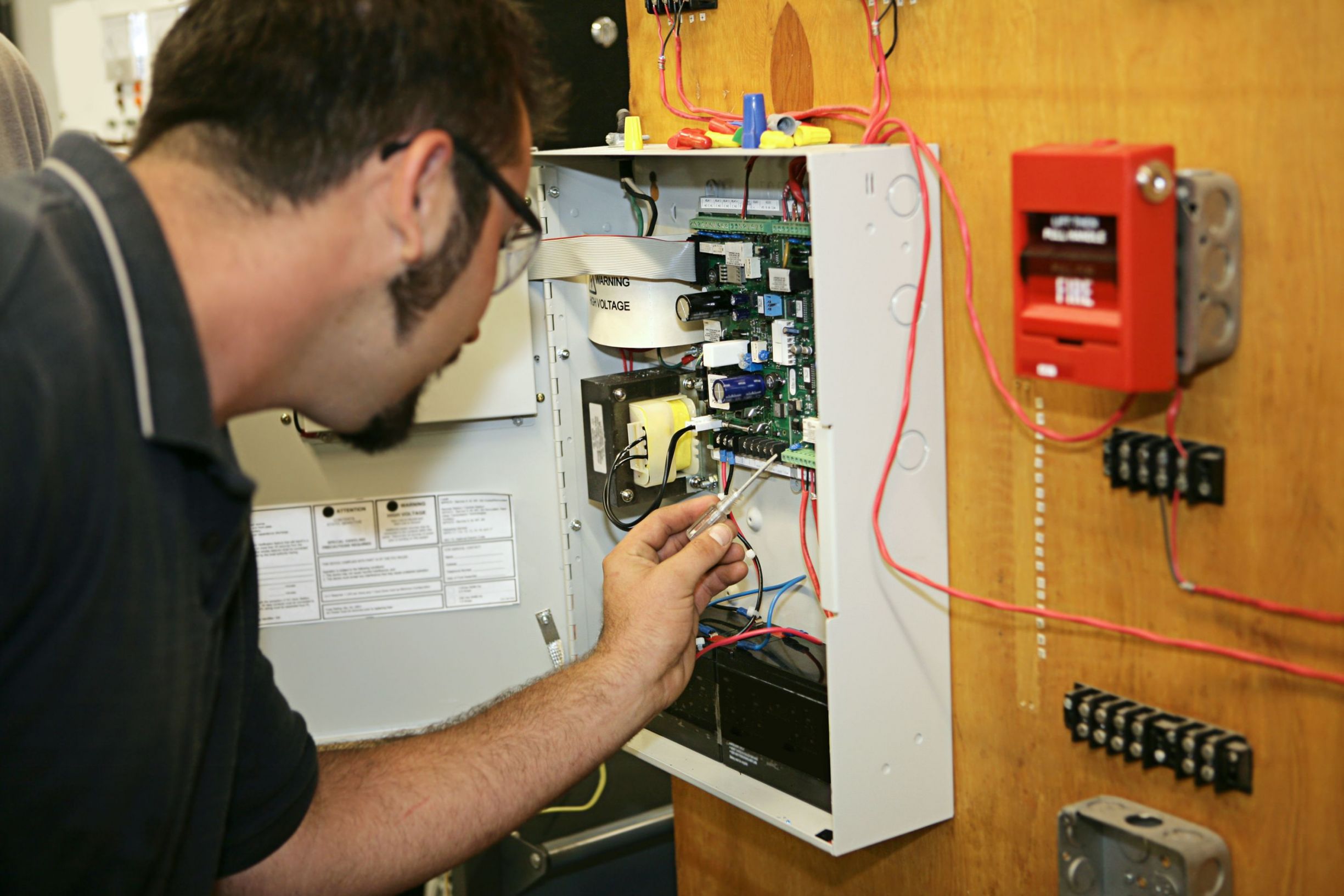Xrf tubes are a non-destructive tube that aids secondary analysis procedures in X-ray imaging. Xrf tubes, or X-ray fluorescence spectroscopy tubes, measure the secondary X-rays that a sample emits after the first X-ray comes into contact with it. X-ray imaging has aided many patients receive detailed or early diagnosis and get help from the correct specialist.
X-ray imaging methods are always in development. The secondary analysis during the imaging scan often comes from a handheld device. The elements below magnesium on the table of elements are too light to show up on the image with the primary X-ray. The handheld device captures additional imaging and adds analysis from elements like sodium and oxygen within the body.
More detailed imaging in diagnostics and treatment is always a help to patients. In the past, taking extremely detailed X-rays has proven difficult. With the handheld additions to larger X-ray machines, image results can improve by leaps and bounds. Physicians can gain more information on bone fractures and other fine lines that impact a patient’s health.
Many patients who need a lot of images taken have to limit their exposure to radiation. The secondary analysis works off of fluorescence, which keeps added radiation out of the picture.
Tubes that work inside the handheld imaging devices are made from a materials mix that includes glass and metals. The typical lifespan of these tubes is four to six years. Lifespans can vary depending on usage, proper cooling and storage of equipment, and whether or not the machine using the tube has to operate continuously.
Contact Micro X-Ray Inc. for more information.


